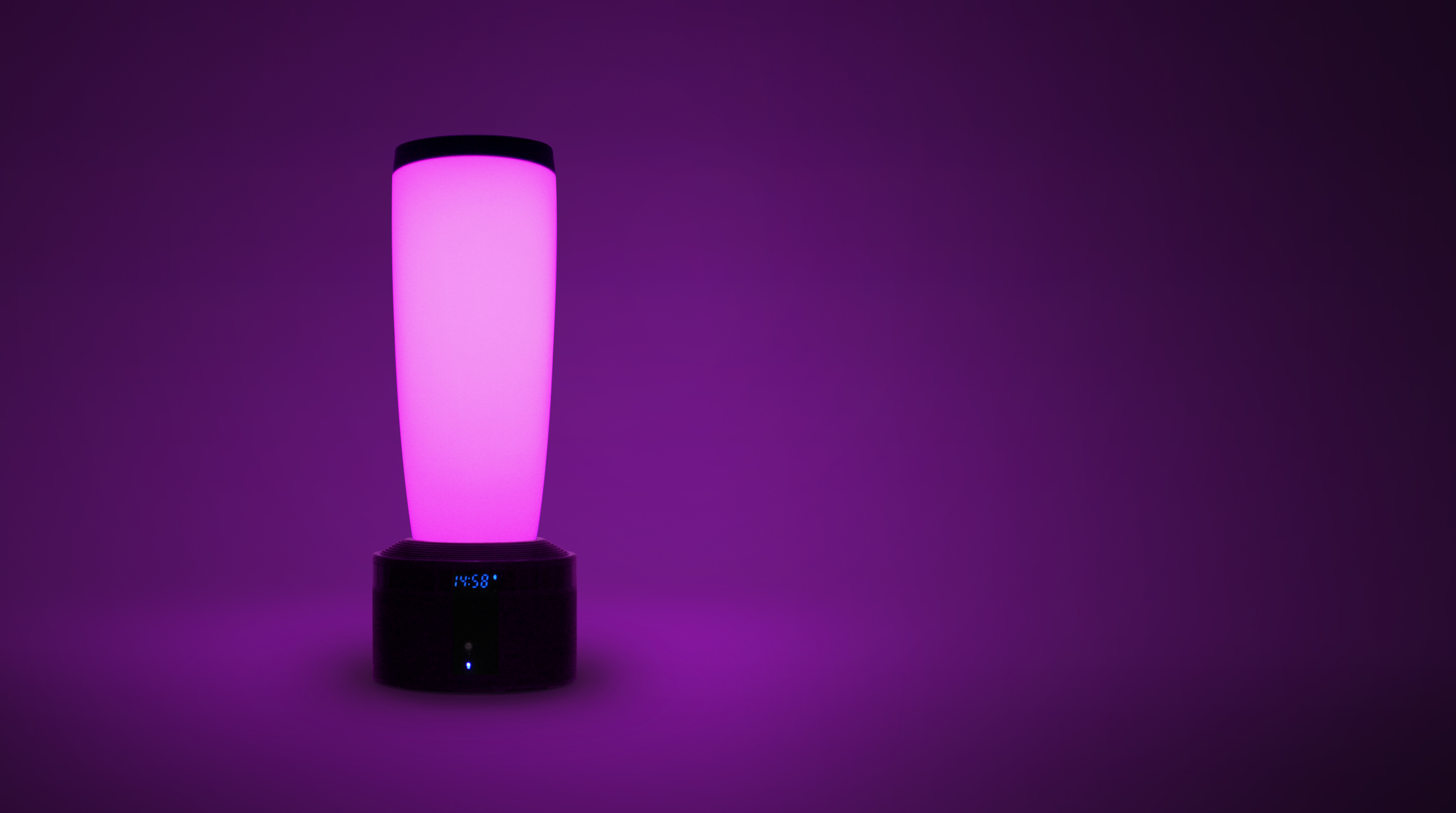Challenges of power chips and power devices by hybrid vehicles
In the development direction of the automobile industry, electric vehicles (EV) and hybrid electric vehicles (HEV) are becoming an obvious trend. From a technical point of view, hybrid is currently more feasible. A hybrid car refers to a car equipped with two power sources at the same time-a thermal power source (generated by a traditional gasoline or diesel engine) and an electric power source (battery and electric motor). In this way, the vehicle's power system can be flexibly adjusted according to the actual operating conditions of the vehicle, helping the engine to work in the area with the best overall performance, thereby reducing fuel consumption and exhaust emissions.
For end consumers, hybrid models have been increasingly recognized. Starting from the earliest Toyota Prius, VW Civic, Ford Maverick, BMW Hybrid X6, Escalade Hybrid, Porsche Hybrid Cayenne, Lexus RX450H, etc., as well as some domestic hybrid vehicles including Chery A5, Changan Jiexun hybrid car, BYD F3DM, etc., have gradually entered the market. However, for semiconductor manufacturers, there are two major challenges that require long-term research.
Challenge 1: Group concerns about the safety of lithium battery packs
Counting EVs and HEVs at several major auto shows in 2009, one of the obvious trends is the use of lithium-ion batteries to replace nickel-metal hydride batteries, and the industry generally believes that lithium-ion will dominate the market in 2015. However, considering the instability of the lithium-ion battery itself, careful design and advanced monitoring schemes are needed to ensure safe operation. For example, the over-voltage of the battery will cause the battery temperature to rise rapidly, leading to an overheated runaway state of fuel leakage.
"Even though lithium-ion batteries have outstanding advantages in size, weight, recharge speed, life cycle, and resistance to memory effects, they tend to overheat during overcharge or deep discharge. Therefore, lithium-ion batteries In use, protection and safety functions are extremely important. "Pointed out Claus Mochel, senior marketing manager of Atmel's high voltage product line. Atmel's lithium-ion battery management chipset ATA6870 / 71 integrates hot-swap functions, six integrated analog-to-digital converters with a cut-off frequency below 30Hz, and a stackable microcontroller power supply, eliminating the need for external filters. Similar solutions require fewer external components.

Claus Mochel, Senior Marketing Manager, Atmel High Voltage Product Line
Brian Black, product marketing manager for signal conditioning products at Linear Technology, shares the same view. "The difference between a hybrid car and a traditional car that uses gasoline is that the hybrid car uses a large battery pack. This battery pack must be carefully managed. , In order to maximize the vehicle's driving distance, battery life, and of course, system reliability and safety. "Each lithium-ion battery pack is generally composed of battery cells connected in series in parallel, resulting in The battery pack will have a voltage of hundreds of volts and the discharge current may exceed 200A. The use of lithium-ion batteries increases the complexity and required accuracy of the battery management system circuit.

Brian Black, Product Marketing Manager, Signal Conditioning Products, Linear Technology
For applications that require multiple battery management functions, the ideal solution is an integrated battery monitor that performs battery measurement, fault detection, temperature measurement, and battery capacity balancing. The LTC6802 can measure up to 12 separate batteries, and several LTC6802 can be stacked to test systems> 1000V. In the battery management system, the LTC6802 completes heavy analog functions and transmits digital voltage and temperature measurements to the main processor for charge state calculation. The LTC6802's high accuracy, excellent noise suppression, high voltage tolerance and extensive self-diagnostic functions make it very rugged and easy to use. Its high level of integration means that customers can save significant costs compared to discrete component data acquisition designs.
Since HEV usually requires hundreds of batteries to be connected in series, the consequences caused by the failure are serious: the failure of one battery may cause the entire battery pack to burn or explode. Most protection circuits usually use multiple 3 or 4 channel fault monitors, and expensive galvanic isolators are used between the monitor and analog circuits and passive components (resistors, multiplexers, etc.). Maxim's MAX11080 has a 12-channel fault monitor and uses a proprietary capacitive isolated daisy-chain port, which greatly reduces the number of components. This unique architecture allows up to 31 devices to be connected in series to monitor up to 372 batteries. At the same time, the capacitor-based interface provides extremely low-cost battery pack isolation, eliminating cascading electrical faults. Because of the elimination of expensive isolation components, Maxim ’s solution saves 75% of the space compared to the discrete solution, reducing the typical battery management system cost from $ 250 to $ 50. In addition, the MAX11080 has the industry's highest accuracy, extremely low power consumption, integrated safety and self-diagnosis functions, and multiple configurable functions, effectively solving the problems related to the safety monitoring of large-capacity battery packs.
Compared with the traditional car power supply, the power supply of the hybrid car is more powerful and the voltage is higher. "For power management, the object to be managed is not a single power supply, but a large-scale battery array after the battery cells are connected in series and in parallel. Due to the differences in the production of battery cells, it brings great work to power management. Burden, you need to monitor and adjust the health status of each battery cell. "Infineon Technology (China) Co., Ltd. Senior Marketing Engineer Cao Hongyu added," In addition, the entire system is also running well To deal with the impact of sudden power demand and braking energy feedback. Safety + response rate determines the success or failure of the system. "

Cao Hongyu, Senior Marketing Engineer, Automotive Electronics Business Unit, Infineon Technologies (China) Co., Ltd.
Since lithium-ion batteries are very sensitive to overcharging and deep discharge, they may burn or explode under these conditions. Atmel's secondary protection device ATA6871 provides a special safety strategy to monitor the voltage and temperature of the battery cells to prevent thermal runaway or explosion of lithium-ion batteries. Once one of the above abnormal conditions occurs in the battery unit, it will be shut down by the emergency relay device. The ATA6871 has a built-in self-test program that can run without an external microcontroller or software, and a hardware-implemented monitoring threshold that provides the highest level of safety for lithium-ion battery monitoring. Even if the primary device is damaged, it can ensure normal operation.
Group concerns about the safety of lithium battery packs have prompted the industry to develop more sophisticated and safe battery detection and management chips. Automotive semiconductor manufacturers have continuously introduced new battery management and power solutions in an effort to extend battery life while ensuring safety. And reduce cost, volume and weight.
Challenge two: remove the obstacles of high-voltage electrical systems
Another challenge in HEV design is high voltage. Traditional cars use a 12V power system, while light, comprehensive and plug-in HEVs require high-voltage electronic systems between 600V and 1,200V, which makes the design more challenging.
"The most important revolutionary change in HEV is the electrification of the power system, which requires a large-power electric engine and must operate at a higher voltage than the car driven by the standard 12V internal combustion engine. In addition, HEV's battery and energy management is based on 12V and a dual-grid high-voltage battery with hundreds of volts, as well as a newly designed DC / DC converter and power management solution for the automotive industry. â€Henning M, Vice President and General Manager, Automotive Products, International Rectifier Corporation Dr. Hauenstein pointed out.

Dr. Henning M. Hauenstein, Vice President and General Manager of IR Automotive Products
HEV's car structure requires the use of high voltage. Therefore, the power management IC must withstand a typical voltage level of 600V, and some high-power HEV models are more likely to withstand voltages up to 1,200V. IR provides advanced motor drive solutions for light-duty hybrid vehicles, and those with power system motors in the 10-15kW range usually use products with 600V capability. As for full-hybrid and plug-in hybrid vehicles, as well as electric vehicles with motors up to and even exceeding 100kW, IR has a switch and driver IC supply of up to 1,200V.
In addition to the high-voltage capability of up to 600V to 1,200V, the related power ICs also need switches that drive unprecedented current densities in inverters and DC / DC converters. To face such high power, high voltage, and high energy, power ICs must be rugged, reliable, and safe as their main conditions. Dr. Hauenstein said, "IR attaches great importance to the protection functions of motor drive ICs. For example, they eliminate the need for the interaction of microcontrollers when HEV traction motors have serious faults and short circuits. We are the industry ’s first to introduce safe operation for negative voltage spike immunity Companies with regional indicators, because of this problem, are very common in HEV inverters when switching high-current, high-voltage IGBTs. "
The IGBT is located in the inverter and provides energy for the motor of the hybrid system. Infineon IGBT technology can bring many advantages to HEV power system. Trench field termination technology can reduce conduction losses and switching losses, while reducing the size by 30%. Infineon's HybridPACK1 power module developed by combining channel field termination IGBT (Insulated Gate Bipolar Transistor) technology and Emcon diode technology is used in mild hybrid vehicles; HybridPACK2 is fully hybrid vehicle applications.
A few years ago, most of the power devices in automobiles were 55V to 60V MOSFETs, which were mainly used in automobile power transmission systems. Today's cars use power devices from 20V to 600V. For applications such as power steering and braking, development engineers are looking for high-performance low-voltage channel MOSFETs with low on-resistance to reduce the power consumption of automobiles.
IR starts with the smallest HEV, so-called micro-hybrid vehicles, and provides extremely durable MOSFETs for their start / stop functions. The start / stop function allows the car to automatically stop the operation of the internal combustion engine when it stops in front of a traffic light or goes downhill, and the related braking energy can be replenished to the battery. Frequent engine starts make the starter or integrated starter generator require a very durable power management solution, because when you start the car with the key, the ordinary starter will only start the engine once, but the integrated starter generator You have to deal with much higher power during frequent start / stop cycles. IR's AUIRS2003S is a high-power MOSFET driver with high and low-side reference output channels, suitable for harsh automotive environments and applications under the hood. This output driver has a high pulse current buffer stage to minimize driver transconductance, while the floating channel can drive an N-channel power MOSFET in a high-side configuration up to 200V. The device also provides low quiescent current, which can bring low-cost bootstrap power to high-side circuits.
In order to meet the requirements of battery and power management, and related DC / DC converters, IR's HEV solution series also includes drivers and switches with very low EMI and optimized switching performance. For example, the latest DirectFET MOSFET products do not use bond wires at all, and because they eliminate most of the parasitic inductance and have the smallest package resistance, they can provide the best switching performance. In addition to industry-leading low on-resistance, excellent switching performance, and enhanced temperature energy efficiency (such as double-sided heat dissipation), this very advanced bond wire-free chip size package significantly reduces the size of the design and is particularly suitable for high Power requirements or fast switching applications such as HEV DC / DC converters.
Allegro MicroSystems' full-bridge MOSFET pre-driver A4940 with fault diagnosis and reporting features, in an ultra-small package, provides flexible input interface, bootstrap monitoring circuit, wide operating voltage (5.5 to 50V) and temperature (40 ° C to + 150 ℃) range. The device is specifically designed for automotive applications that use high-power inductive loads (such as DC brush motors).
Other applications such as piezoelectric injection or high-intensity lighting require 100V to 200V power devices and drivers. Ignition IGBTs and hybrid electric vehicles use IGBTs from 300V to more than 1000V. Fairchild Semiconductor ’s FAN7080x series of gate drivers allows engineers to develop more accurate and precise fuel injection control systems under all operating conditions, thereby improving fuel efficiency. These gate drivers drive MOSFETs and IGBTs in high-side and bridge driver applications, such as direct fuel injection systems and motor control. Compared with similar devices on the market, their static power consumption is reduced by more than half (quiescent current 100μA vs. 240μA), allowing designers to optimize the system and expand the operating range.
Insulated gate bipolar transistors (IGBTs) and power MOSFETs are the core technologies of hybrid vehicles, attracting power semiconductor manufacturers to target this huge market. ISuppli had predicted that the automotive IGBT market is expected to develop at a rapid compound annual growth rate of 17.2%, ranking first in automotive power management devices, followed by MOSFET market growth. Although hybrid vehicles will only occupy a small part of the vehicle market in the next few years, the centralized demand for inverters and DC / DC from hybrids will form a huge market demand for IGBTs and power MOSFETs
Humans spend more than half of their time in sleep, and the bed is the place to rest and the most relaxing harbor.
LinkupHome smart multi-functional bedside lamp combines two high-quality bluetooth speakers with RGB colorful lighting and basic white ligthing. Smart controlled lighting and easy connected bluetooth speaker make the bedside space more colorful and imaginational.
Product parameters
Description: Smart RGBW Bed lamp
Lamp power: 12W
Working Voltage: AC 12V
Color: RGB+CCT
Protocol: Bluetooth5.0 TWS
Speaker Power: 10W
Product Dimension: 150*420mm

Smart Bluetooth Bed Lamp,Bluetooth Night Light,Bluetooth Bed Lamp,Bluetooth Glass Bed Lamp
Ningbo Homey Photoelectric Technology. Co., Ltd , https://www.linkuphome.com